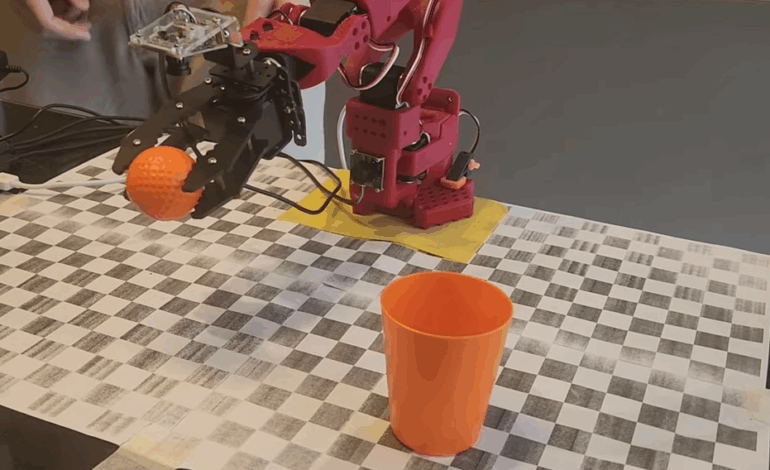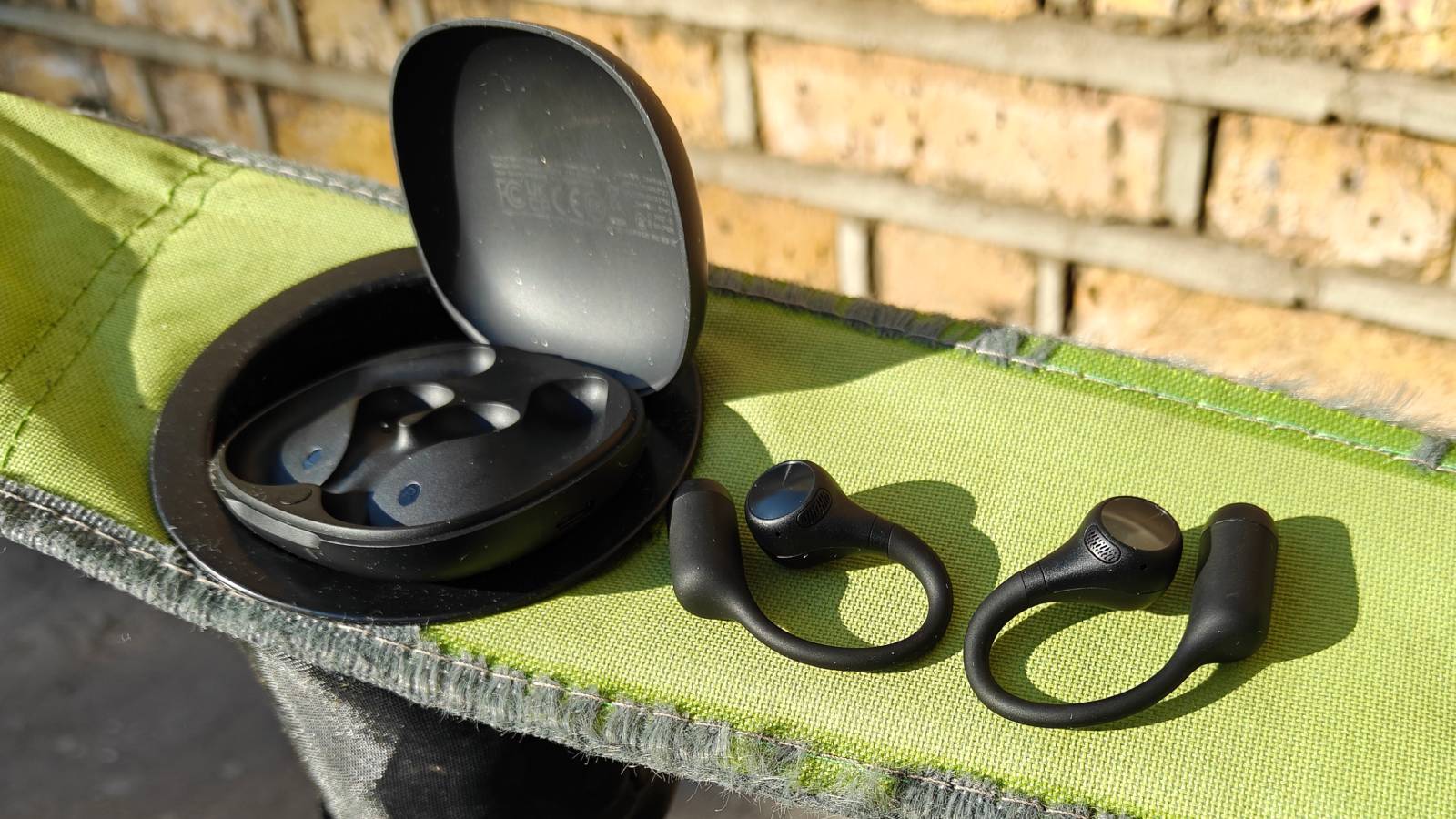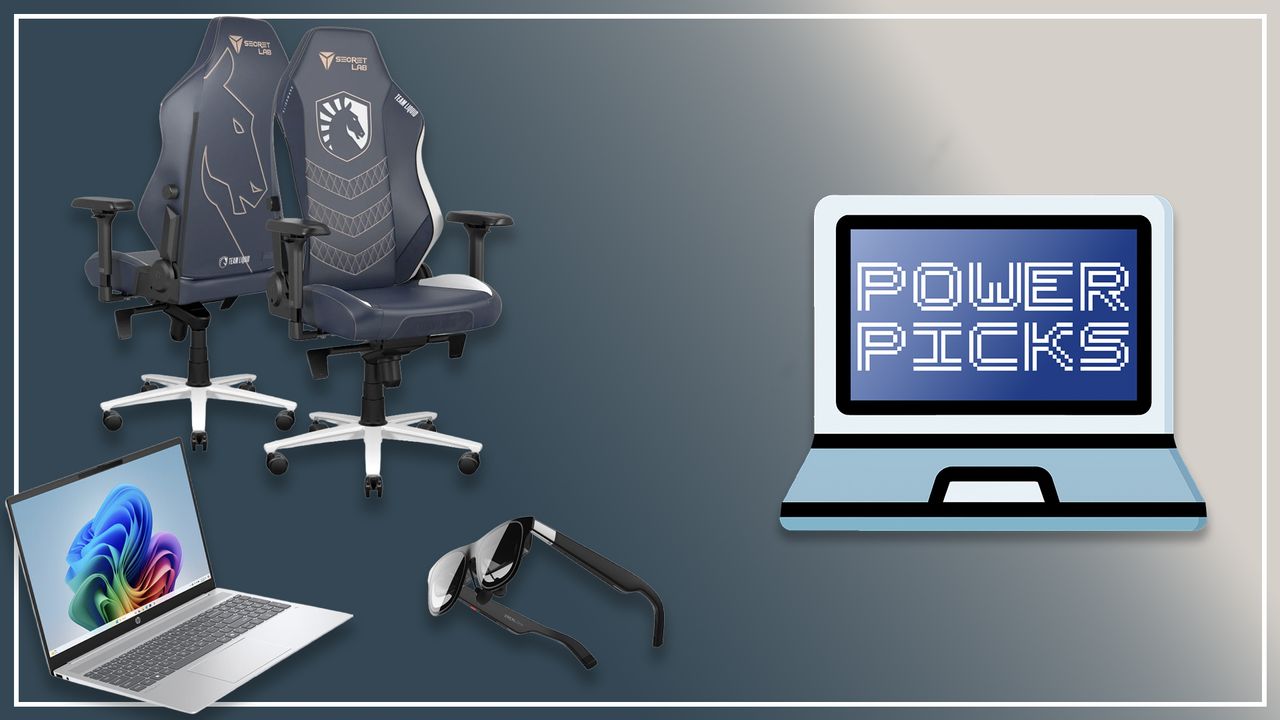LeRobot Empowers Hobbyists with Autonomous Robotic Technology

Hobbyist robotics is entering a new era of autonomy with the launch of the LeRobot framework, an open-source machine learning initiative developed by the Hugging Face community. This innovative platform enables users to program robotic arms to perform tasks independently rather than relying on predetermined scripts. The introduction of the SO-101 robotic arm offers an affordable entry point for enthusiasts looking to explore these capabilities.
The SO-101 arm is designed for accessibility, allowing users to engage with complex robotic behavior at a low cost. A video presentation by Ilia, a key contributor to the project, provides valuable insight into how LeRobot functions. In the demonstration, he illustrates the process of training a 3D-printed robotic arm to autonomously pick up a ball and place it into a cup.
To begin, Ilia creates a dataset by manually guiding the arm to complete the task, generating around fifty examples of the movement. This data is then used to train a machine learning model capable of executing the task without human intervention. Notably, the arm can adapt to variables such as the ball’s position and even handle changes in the cup’s location during the task. Viewers can see this impressive autonomous behavior starting at 34:16 in the video, showcasing the potential of the framework.
Transforming Hobby Robotics
LeRobot is not just limited to imitation learning with low-cost robotic arms. Its versatility allows it to be applied in various robotic projects, making advanced technology accessible to a broader audience. The ambition behind LeRobot is to democratize robotics by providing the tools necessary for anyone to create autonomous machines.
The rapid development of the LeRobot framework indicates that it could soon become a cornerstone in the DIY robotics community. With numerous high-quality DIY robotic arms available, the flexibility of LeRobot suggests that it will power an array of new projects. Enthusiasts and developers alike can look forward to exploring the possibilities that this framework presents.
In a landscape where robotics is often perceived as complex and expensive, LeRobot stands out as a beacon of opportunity. By simplifying the process of programming autonomous behavior, it invites hobbyists to step into the world of robotics with confidence. The potential applications of such technology are vast, offering exciting prospects for innovation and creativity in the field.
As the community continues to engage with and expand the LeRobot framework, the future of hobby robotics looks bright. With tools like the SO-101 and the support of dedicated contributors like Ilia, aspiring roboticists are well-equipped to bring their visions to life.






